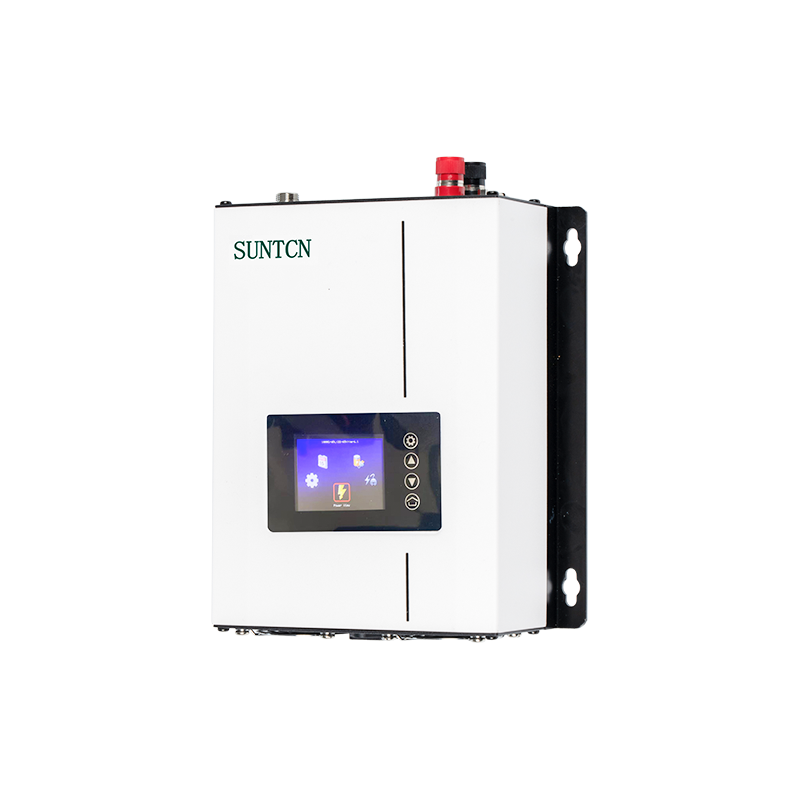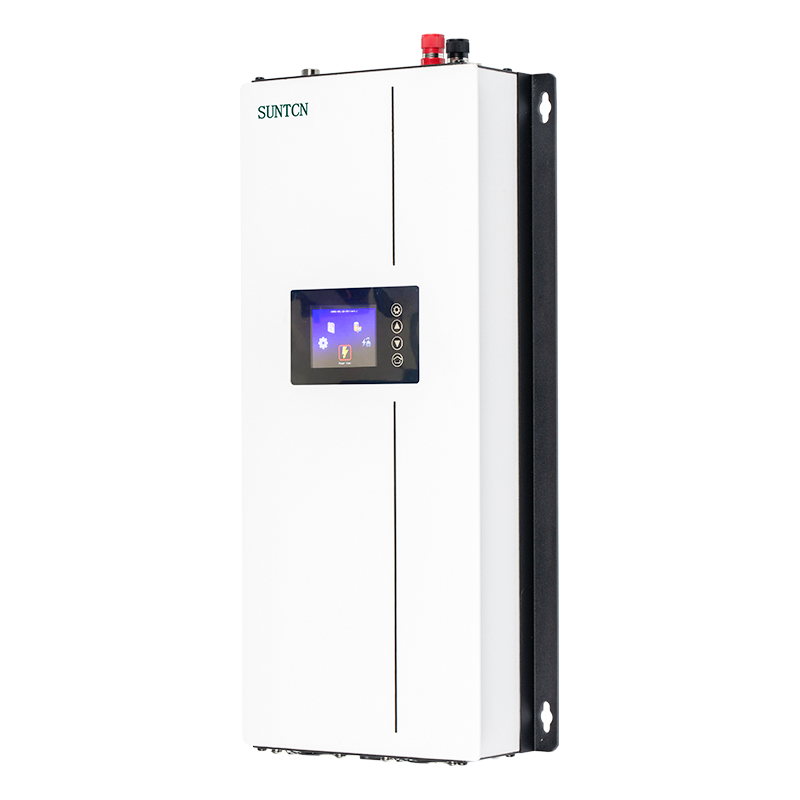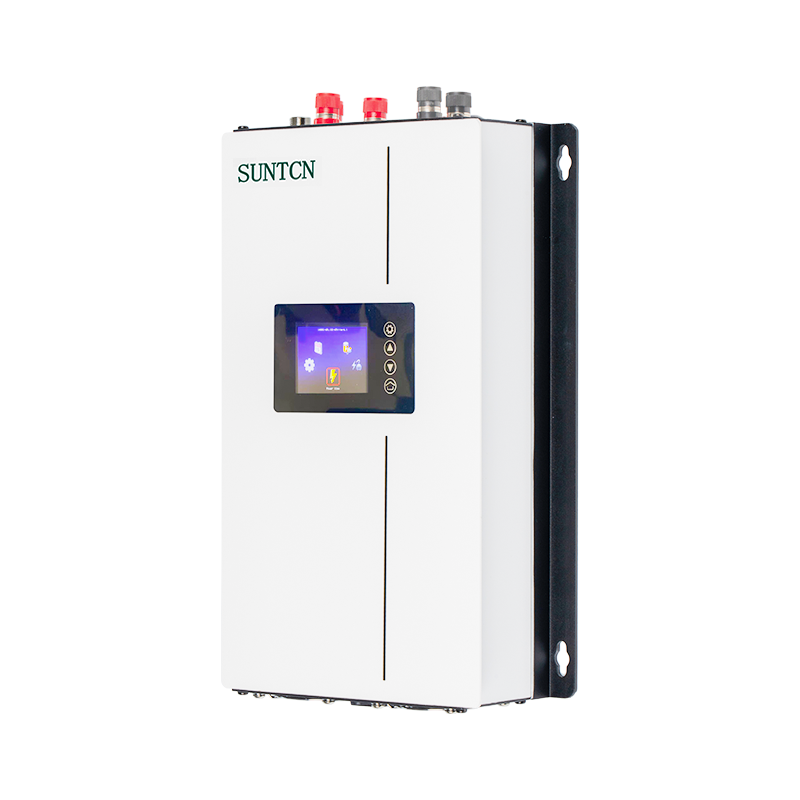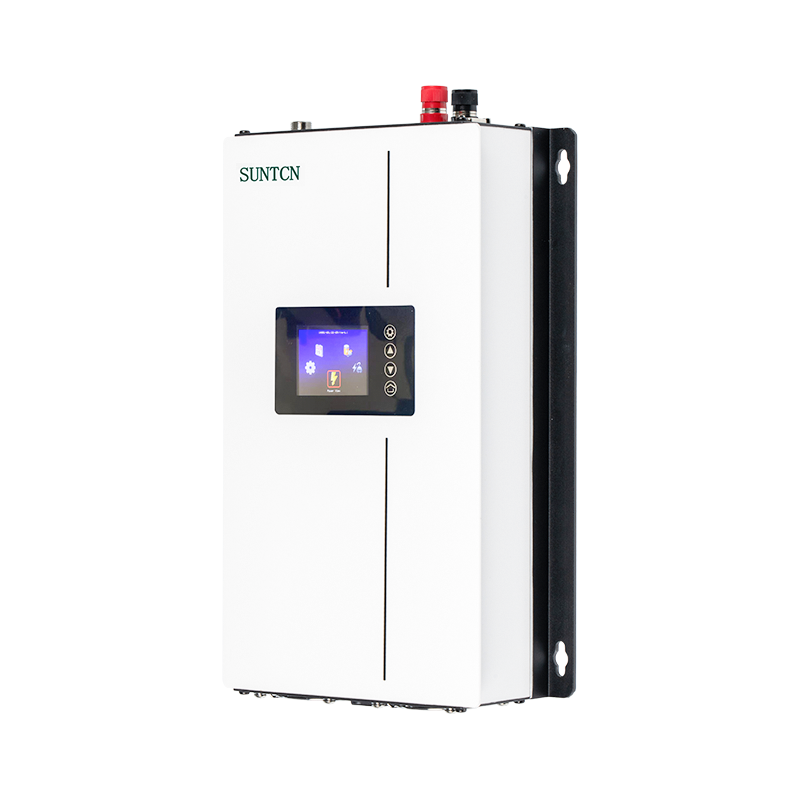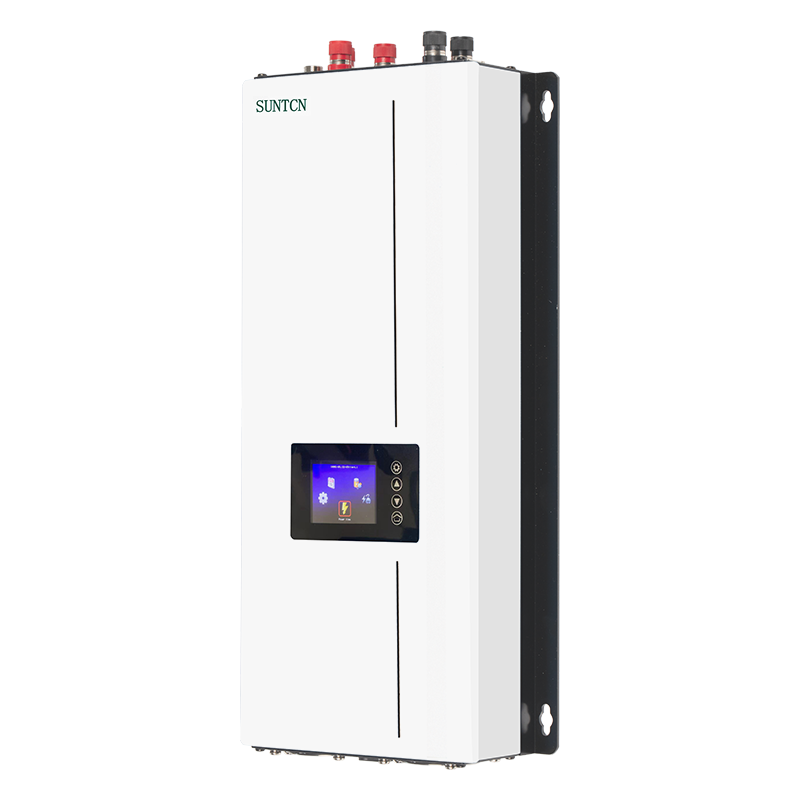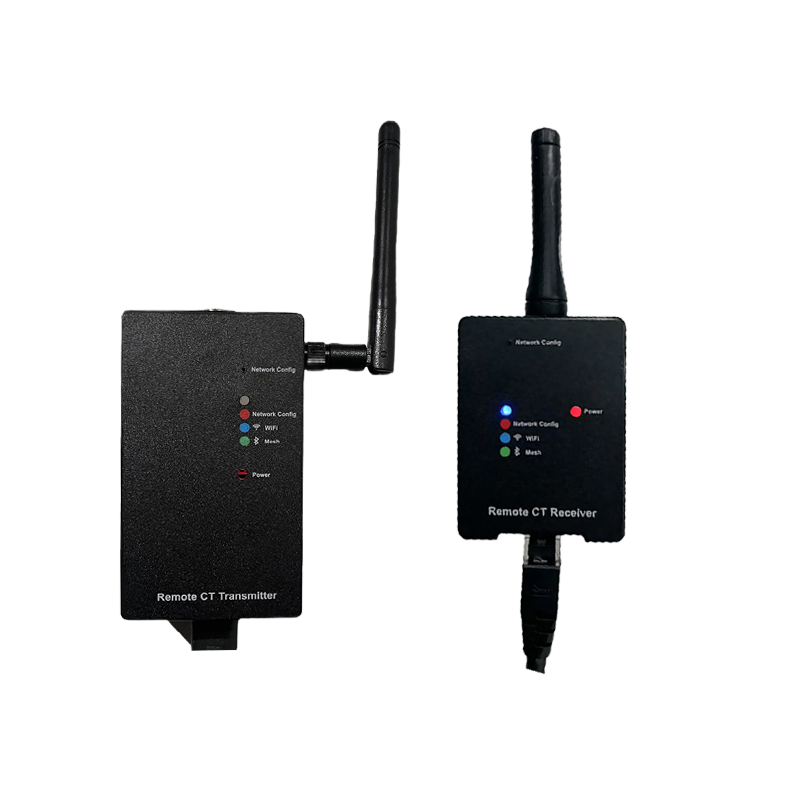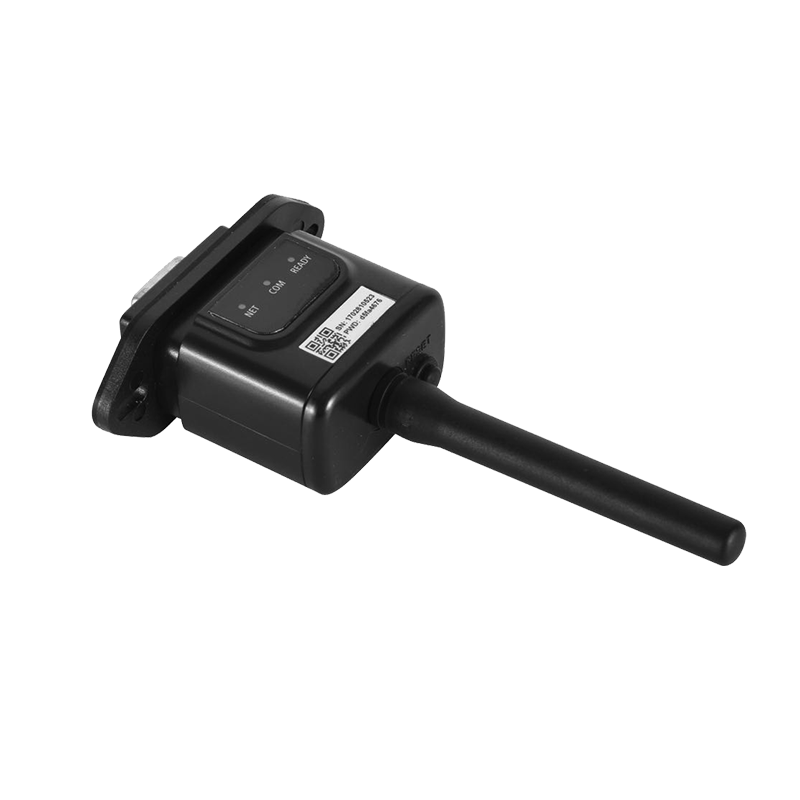As the world shifts towards sustainable energy solutions, grid tie inverters have emerged as a critical component in the landscape of renewable energy systems. These devices play a vital role in integrating solar power and other renewable sources into the existing electrical grid, enabling homeowners and businesses to harness clean energy while reducing their carbon footprint.
A grid tie inverter (GTI) is an electrical device that converts direct current (DC) generated from renewable energy sources, such as solar panels, into alternating current (AC) that can be fed into the electrical grid. Unlike off-grid inverters, which store energy in batteries for later use, grid tie inverters are designed to synchronize with the grid's voltage and frequency. This synchronization ensures that the energy produced by the renewable source can be efficiently delivered to homes, businesses, and the larger electrical network.
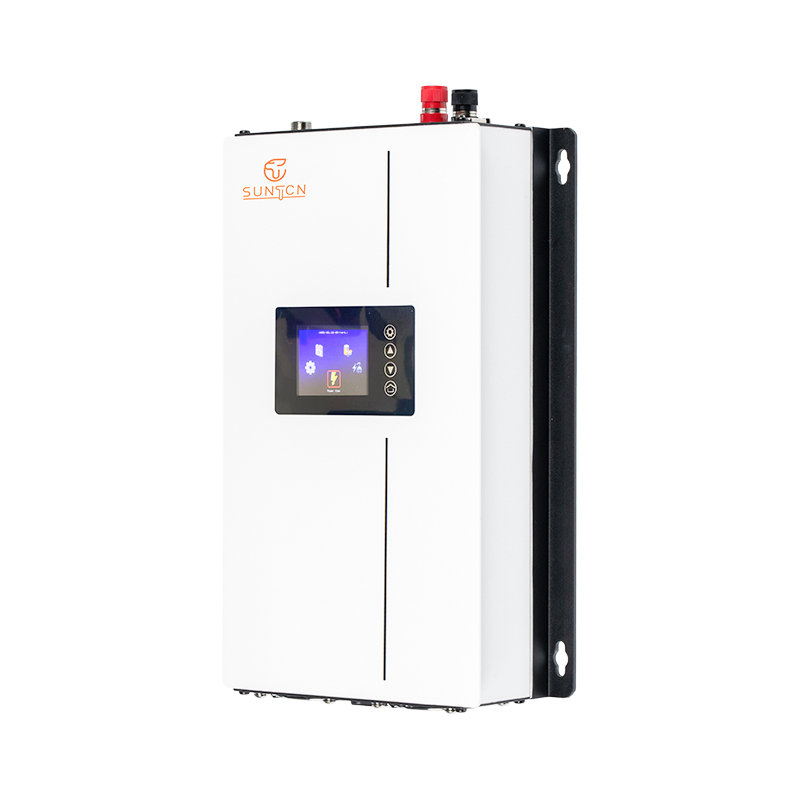
The operation of a grid tie inverter begins with the conversion of DC electricity generated by solar panels into AC electricity. The inverter continuously monitors the grid’s voltage and adjusts the output accordingly, ensuring that the energy being fed back into the grid is compatible with existing power supply conditions.
This technology optimizes the energy harvest from solar panels by adjusting the electrical load to ensure the panels operate at their maximum efficiency.
Grid tie inverters are equipped with safety mechanisms to disconnect from the grid during power outages or when grid conditions are not stable. This ensures the safety of utility workers and prevents damage to the inverter itself.
Many modern grid tie inverters come with built-in monitoring capabilities, allowing users to track energy production in real time and analyze system performance via mobile apps or web platforms.
By enabling users to sell excess energy back to the grid through net metering, grid tie inverters provide a cost-effective way to reduce energy bills. This financial incentive encourages more homeowners and businesses to invest in solar energy systems.
Utilizing renewable energy sources significantly reduces greenhouse gas emissions and reliance on fossil fuels. By integrating solar power into the grid, grid tie inverters contribute to a cleaner and more sustainable energy future.
By distributing renewable energy across the grid, grid tie inverters help balance energy supply and demand, enhancing overall grid stability. This distributed generation can reduce the risk of blackouts and enhance energy security.
Grid tie inverters are typically easier to install compared to off-grid systems. They do not require extensive battery storage systems, making them a more straightforward option for residential and commercial setups.
These inverters can be easily scaled as energy needs grow. Homeowners can start with a small solar array and expand it over time, adding additional panels and inverters as necessary.
While grid tie inverters offer numerous advantages, there are also challenges to consider. Initial installation costs can be significant, though they are often offset by long-term savings. Additionally, the performance of grid tie inverters is dependent on the reliability of the electrical grid. In regions with frequent outages, homeowners may still need backup systems to ensure uninterrupted power supply.
Grid tie inverters are pivotal in the transition to renewable energy, enabling the integration of solar and other green technologies into the existing electrical grid. Their ability to convert DC electricity into usable AC power not only benefits individual consumers through reduced energy costs but also contributes to a more sustainable and resilient energy system. As technology continues to advance and the demand for clean energy solutions grows, grid tie inverters will play an increasingly important role in shaping the future of energy production and consumption. Investing in these systems is not just an environmentally responsible choice; it is also a strategic move toward energy independence and financial savings.

 English
English Español
Español Deutsch
Deutsch